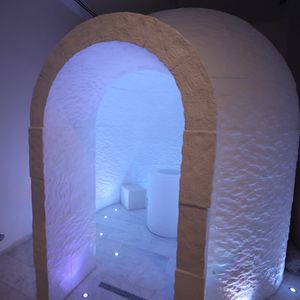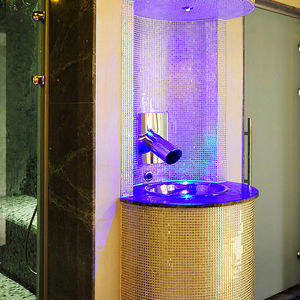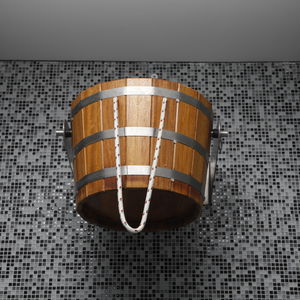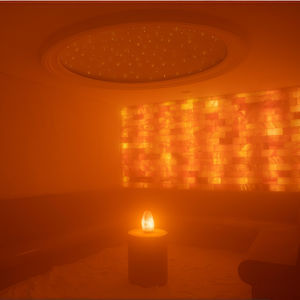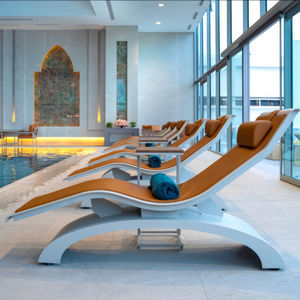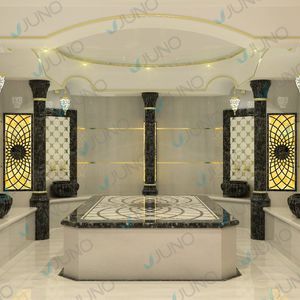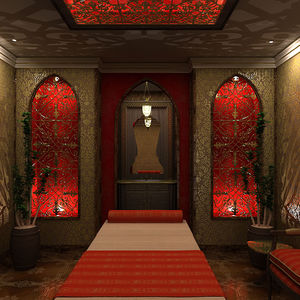
- Public buildings, Hospitality
- Sports and wellness
- Kneipp path
- Juno SPA Design & Manufacture
- Company
- Products
- Catalogs
- News & Trends
- Exhibitions
Kneipp path






Add to favorites
Compare this product
Description
Kneipp Health System describes a holistic therapy way developed by Sebastian Kneipp who lived in 19th century in Bavaria to make the general health condition better. Mr. Kneipp has started a research on the ancient Chinese Medicine after being diagnosed tuberculosis to be feel better. He tried to recover using natural things and succeeded this. He was taking a bath everyday in a cold river which flows across his town besides other natural remedies. In this way, he cured himself. After Kneipp, many people including a pope recovered with his method. His therapy approach is comprised of hydrotherapy, herbal remedies and aerobic exercises regularly. Today, Kneipp Physiotherapy is deemed a kind of classical naturopathy.
The Kneipp pool which is known as the most effective one among Kneipp therapies is “taking steps” in the water Kneipp pools made by Juno are in two design types; Corridor Kneipp, Round Kneipp.
In a Kneipp pool, feet are heated and then cooled one after another. Each Kneipp session should last 30-40 paces. During this practice, if calves turn red it means that blood circulation is enlivened and the therapy is correctly done. Warm water should be at 37ᵒC and cold water at any temperature enough cold. The therapy is applied under a physician control. Thanks to increased blood circulation, body tissues get more oxygen. If it is used regularly blood vessels can become stronger and healthier. In Germany, Kneipp therapy is recommended to the people who suffer from varix, head ache because of stress, hypertension near the limits, diabetics and ones with cellulite.
Catalogs
No catalogs are available for this product.
See all of Juno SPA Design & Manufacture‘s catalogsOther Juno SPA Design & Manufacture products
SPA & Wellness Products
*Prices are pre-tax. They exclude delivery charges and customs duties and do not include additional charges for installation or activation options. Prices are indicative only and may vary by country, with changes to the cost of raw materials and exchange rates.


